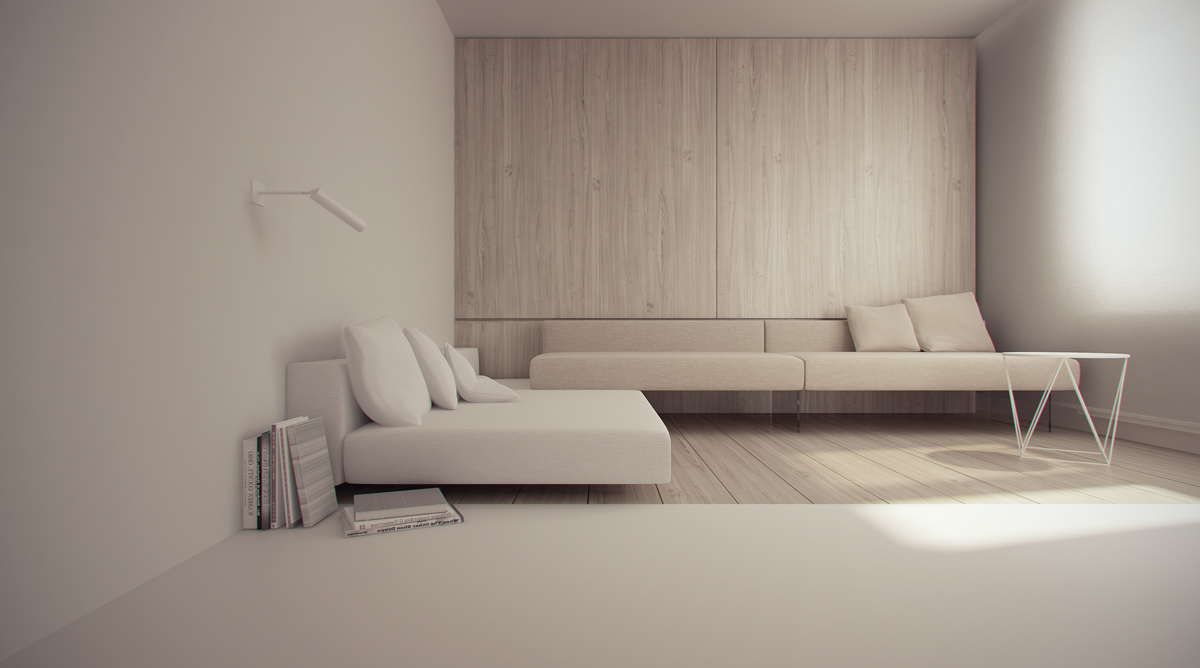Kyle Chayka writes about minimalism (of the anti-consumerist, rather than artistic variety) for the New York Times, noting that “minimalist philosophy” has gotten annoying as of late. Case in point: the techno-ascetic who deigns to only buy a laptop, tablet and smartphone and no other gadget. Ugh. Read Chayka in partial below, in full via the New York Times.
It has become an ostentatious ritual of consumerist self-sacrifice; people who have it all now seem to prefer having nothing at all. And, as with watching birds or going Paleo, talking about the material purge is just as important as actually doing it. So there are blog posts — in which you can see minimalism’s can-do optimism curdle into something tyrannical.
A recent account, called “How Minimalism Brought Me Freedom and Joy,” is emblematic of the budding genre, from its author (a wealthy serial entrepreneur, James Altucher) to its thesis (own fewer things, mostly gadgets) to its one-sentence paragraphs. Altucher explains that he gave up his permanent home, life goals and negative emotions. He threw away his college diploma, which had been gathering dust in storage. (“I don’t hold onto all the things society tells me to hold onto.”) He now carries nothing but a bag of clothes and a backpack containing a computer, an iPad and a smartphone. “I have zero other possessions,” he writes, and thanks to this, he has found peace as a wandering techno-ascetic — Silicon Valley’s version of Zen monkhood.
Despite its connotations of absence, “minimalism” has been popping up everywhere lately, like a bright algae bloom in the murk of postrecession America. From tiny houses to microapartments to monochromatic clothing to interior-decorating trends — picture white walls interrupted only by succulents — less now goes further than ever. It’s easy to feel overwhelmed by the minimalism glut, as the word can be applied to just about anything. The nearly four million images tagged #minimalism on Instagram include white sneakers, clouds, the works of Mondrian, neon signs, crumbling brick walls and grassy fields. So long as it’s stylishly austere, it seems, it’s minimalist.
Part pop philosophy and part aesthetic, minimalism presents a cure-all for a certain sense of capitalist overindulgence. Maybe we have a hangover from pre-recession excess — McMansions, S.U.V.s, neon cocktails, fusion cuisine — and minimalism is the salutary tonic. Or perhaps it’s a method of coping with recession-induced austerity, a collective spiritual and cultural cleanse because we’ve been forced to consume less anyway. But as an outgrowth of a peculiarly American (that is to say, paradoxical and self-defeating) brand of Puritanical asceticism, this new minimalist lifestyle always seems to end in enabling new modes of consumption, a veritable excess of less. It’s not really minimal at all.
